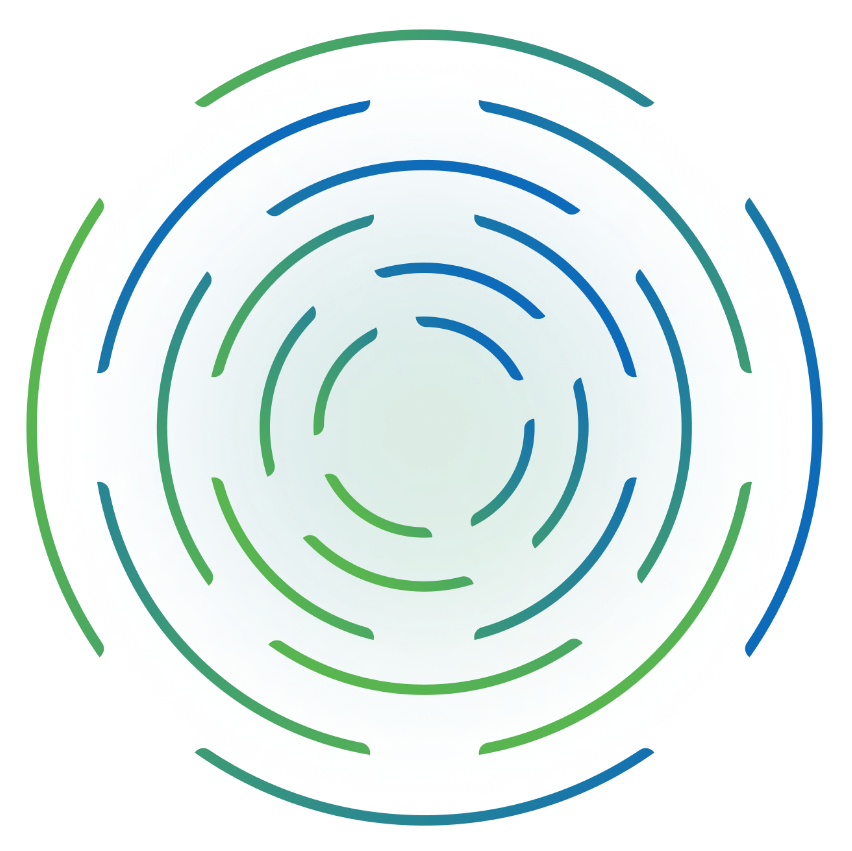IT tools consolidation has become a critical priority for IT operations. As your hybrid IT environment grows more complex, the number of tools in your technology stack inevitably grows larger as well. That’s especially true for teams tasked with monitoring and managing performance and availability. Many ITOps teams have amassed 20+ infrastructure monitoring tools as they struggle to keep up with the pace of change and growing volumes of data.
While these new technologies offer new capabilities, they also result in higher costs and greater complexity that can significantly reduce staff productivity. Integration difficulties may lead to gaps in monitoring coverage and potential blind spots. Data silos created by poorly integrated solutions increase the risk of business disruption. The sheer number of tools can lead to alert storms that result in decision fatigue for your ITOps staff, making it harder to prioritize the most important actions.
ScienceLogic can help. ScienceLogic’s SL1 is the first end-to-end AIOps solution that provides future-proof flexibility for IT tools consolidation. SL1 covers on-premises and cloud-based devices and systems, and it includes customizable integrations that support virtually any IT service and technology. With broad out-of-the-box and custom workflow integrations, SL1 lets you automate many aspects of IT inventory, delivery, and remediation.
Reasons to consolidate hybrid cloud monitoring tools
When it comes to IT infrastructure monitoring, there are many good reasons to focus on IT tools consolidation.
- Lower costs: Consolidation reduces costs for licensing, maintaining, and training staff on multiple tools.
- Improved visibility and control: IT tools consolidation provides a unified view of the entire IT infrastructure, enhancing monitoring and management of systems, networks, and applications from one interface.
- Reduced complexity: Consolidating tools eliminates the complexity and confusion of relying on multiple point solutions, simplifies the monitoring landscape, and reduces the learning curve for IT staff.
- Enhanced efficiency: When monitoring capabilities are centralized on one platform, it’s easier to automate tasks so ITOps staff can spend less time on manual monitoring activities.
- Superior integration: Consolidated tools often integrate more easily with other IT management and business tools, facilitating seamless workflows and data sharing.
- Improved accuracy and consistency: IT tools consolidation enables teams to establish a single source of truth that enables more consistent and accurate data, reducing the risks of errors and improving decision-making.
- Easier scalability: Consolidated monitoring solutions are usually more scalable, enabling organizations to grow their infrastructure without needing to add more monitoring technology.
- Simplify reporting: Generating reports from consolidated solutions is easier, allowing ITOps teams to provide clear insights and analytics for stakeholders.
IT tools consolidation with ScienceLogic
ScienceLogic is a leader in IT operations management, empowering intelligent, automated IT operations that free up time and resources and drive better business outcomes with actionable insights. The ScienceLogic AI Platform helps ITOps teams see everything across multi-cloud and distributed architectures and contextualize data through relationship mapping. Tools for IT automation enable teams to use actionable insights to automate workflows for ticketing, troubleshooting, remediation, and more.
Bringing monitoring and operations together, SL1, part of the ScienceLogic AI Platform, delivers seamless, centralized IT tools consolidation. Capabilities in AIOps, automation, and intelligent observability are supported by:
- Enterprise-scale, open standards architecture: SL1 enables easy integration of internal and third-party data insights and analytics.
- Advanced machine learning: SL1 leverages machine learning and artificial intelligence to enhance reporting
- Root cause analysis and fault remediation: SL1 streamlines problem-solving across the IT landscape.
- Lower total cost of ownership: Save money on licensing, maintenance, and training.
Benefits of consolidating tools on the ScienceLogic AI Platform
IT tools consolidation with ScienceLogic’s SL1 delivers significant benefits for your organization and ITOps team.
Reduce IT operations costs and tools by up to 80%
SL1 provides out-of-the-box support for a broad range of vendor systems and software offerings, along with the ability to develop custom monitoring tools for on-premises, cloud, and edge technology. These capabilities enable IT teams to decommission legacy IT monitoring tools to cut ongoing software costs, and to reduce the complexity of vendor management and contract renewal.
Double monitoring effectiveness
Many enterprise IT teams are able to monitor only a fraction of their IT assets. With SL1, your ITOps teams can close gaps on monitoring by 2x or more to enable faster troubleshooting and mean time to repair (MTTR).
Avoid disruptions and downtime
Advanced AI/ML technologies on the ScienceLogic AI Platform analyze your IT ecosystem for any potential bottleneck or service level error that could impact business operations. By centralizing system and software data into a common data lake for analysis, SL1 improves accuracy of automated root cause analysis by up to 95%. When combined with automation workflows for incident remediation, SL1 helps reduce downtime by 48% or more.
Minimize risk and complexity
SL1 offers hundreds of monitoring templates out-of-the-box, providing all the policies necessary to start monitoring the most commonly used technologies. IT tools consolidation on SL1 ensures a more consistent approach to data collection, reducing the risk of monitoring gaps that could result in downtime or data loss. ScienceLogic also offers a low-code authoring environment that lets virtually any member of the ITOps team build monitoring templates and deploy them quickly.
Achieve complete observability
SL1 automatically detects and maps service relationships across all devices in your IT ecosystem. It also imports existing service relationships from third-party systems. Together, these capabilities make business service monitoring easier and provide a unified view of how IT supports business objectives.
Why customers choose ScienceLogic
ScienceLogic empowers intelligent and automated IT operations by leveraging automation, artificial intelligence (AI) and machine learning (ML). To reduce the complexity of managing modern IT environments, ScienceLogic combines solutions for AIOps, observability, and network management with application performance management (APM) tools, IT automation software, and cloud network monitoring tools on a single platform.
Using patented discovery techniques, ScienceLogic discovers everything within an IT environment, contextualizes data through relationship mapping, and enables automated actions through integration. ScienceLogic solutions automate root cause analysis to resolve issues faster, and they facilitate network automation to centralize and secure backup and recovery of network and security devices.
With ScienceLogic, ITOps teams can manage highly distributed and complex environments at speed, at scale, and in real time.
IT Tools Consolidation FAQs
What is IT tools consolidation?
In IT operations, IT tools consolidation involves integrating multiple tools into a unified platform to streamline management and improve efficiency. This reduces redundancy, simplifies workflows, and enhances visibility across the IT environment. The goal is to provide comprehensive visibility and greater control over IT infrastructure using fewer tools.
What are the challenges of consolidating ITOps tools?
Challenges of consolidating ITOps tools include ensuring compatibility and integration between diverse systems and platforms. It can be difficult to migrate data and processes without disrupting ongoing operations. Additionally, there may be resistance to change from staff accustomed to existing tools, since consolidation requires training and adapting to new systems.








